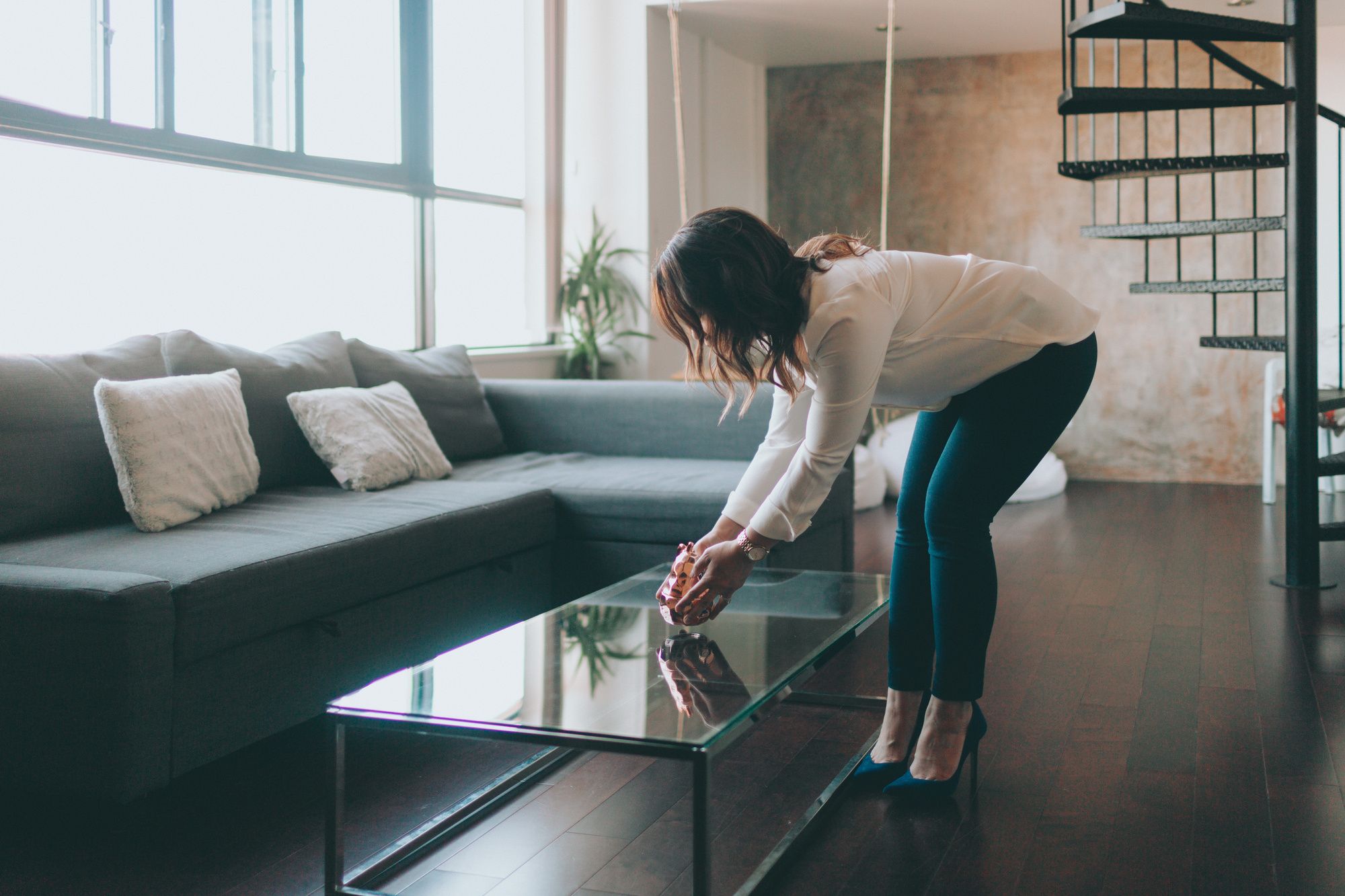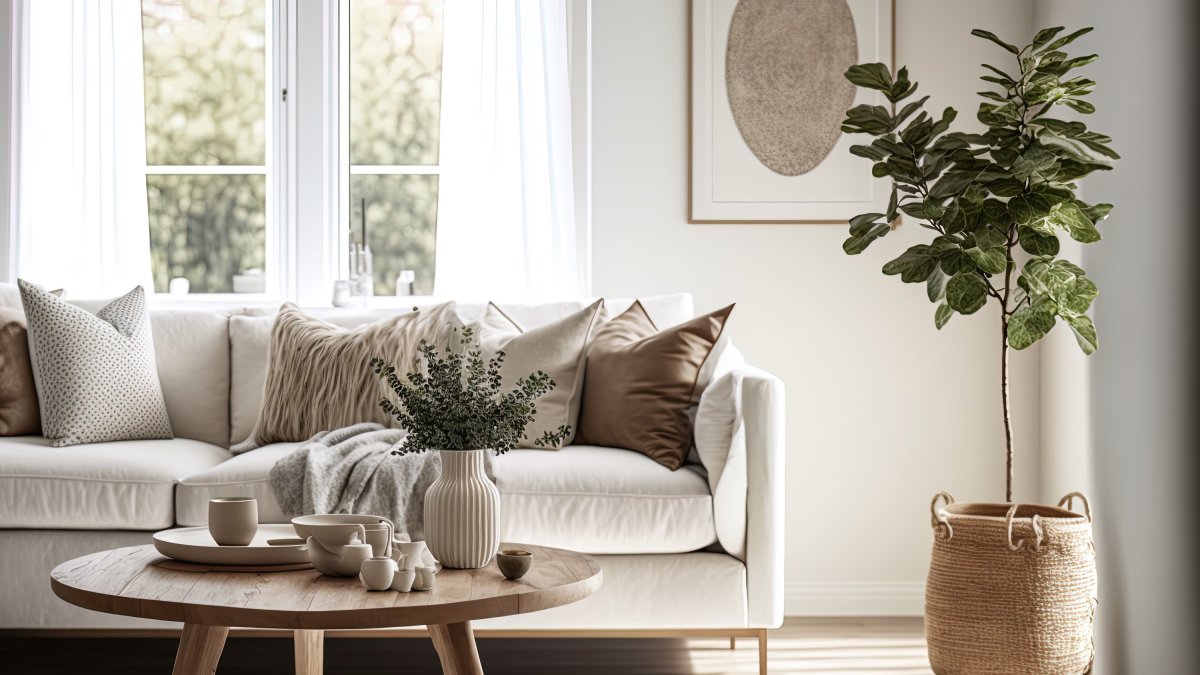
Home staging has become a key strategy for homeowners looking to sell their properties quickly and at a better price. This process involves carefully arranging furnishings and decor to make the house more attractive to potential buyers. By incorporating trendy furniture into home staging, sellers can significantly enhance the appeal of their space.
This approach not only attracts a broader range of buyers but also highlights the home’s capability to support a contemporary lifestyle. Trendy pieces can transform an ordinary space into an inviting, stylish environment, making it easier for buyers to envision themselves living there.
Understanding the Homebuyer
The homebuyers market showcases a mosaic of design preferences, ranging from the sleek lines of minimalist styles to the warm, inviting textures of rustic decor, and the clean, sophisticated look of contemporary designs. This diversity reflects the varied tastes and lifestyles of potential buyers, making it crucial for sellers to understand the target demographic for their property.
Age, lifestyle, and personal design preferences play significant roles in what attracts buyers to a home. Younger buyers might lean towards modern, minimalist designs that echo their dynamic lifestyles, while more mature buyers could prefer the comfort and warmth of traditional or rustic elements. Recognizing these nuances allows sellers to stage their homes in a way that resonates with the most likely buyers, making the property more appealing and increasing the chances of a successful sale.
Trendy Styles

Event furniture hire plays a pivotal role in incorporating trending styles into home staging, offering a practical solution for those looking to infuse their spaces with the latest designs without a long-term commitment. This service allows for continual updates and experimentation, ensuring the staged home remains at the forefront of current trends.
Several key trends are shaping furniture design:
- Sustainability: The push for eco-conscious living has popularized furniture like bamboo dining sets or reclaimed wood coffee tables, which are both stylish and kind to the planet.
- Comfort and Functionality: Buyers are gravitating towards items that blend aesthetics with utility, such as sectional sofas with built-in storage or adjustable standing desks, enhancing both comfort and functionality in the living space.
- Eclecticism and Personalization: The trend encourages a mix-and-match approach, such as pairing a modern minimalist sofa with a vintage rug, allowing for spaces that reflect individuality and diverse tastes.
- Curved Silhouettes and Soft Textures: Sofas and armchairs with rounded, flowing lines and upholstered in soft, tactile fabrics like velvet are in demand for their inviting, cozy appeal.
- Statement Pieces and Accent Furniture: Eye-catching items, such as a bold, sculptural coffee table or an oversized, vibrant piece of wall art, serve as focal points and inject personality into a room.
- Influence of Past Eras: Retro-inspired pieces, like a 70s-style velvet swivel chair or an art deco mirrored sideboard, add a touch of nostalgia and charm, appealing to a wide range of buyers.
- Natural Materials and Earth Tones: Incorporating elements like a solid oak shelving unit or a rattan side chair brings a sense of calm and connection to nature, using materials and hues that echo the outdoor world.
- Multifunctional Furniture: Space-saving solutions, such as a murphy bed that folds out from a sleek wall unit or nesting side tables, offer versatility and efficiency, making them ideal for modern, compact living areas.
Incorporating the Furniture Strategically

When staging a home, it’s crucial not to follow trends blindly but to select pieces that align with the property’s character and appeal to the target buyer. This strategic approach ensures the home feels both modern and timeless, increasing its attractiveness to a broad audience.
To incorporate modern furniture effectively, consider these practical tips:
- Start with Neutral Basics: Establish a foundation using classic, neutral furniture. This creates a versatile backdrop, allowing trendy accents to shine without dominating the space. For instance, a sleek, simple sofa can be paired with a bold, geometric-patterned throw pillow or a trendy terrazzo coffee table.
- Focus on Key Pieces: Choose a few standout items that capture current trends, such as a statement armchair in a vibrant hue or a sculptural light fixture. These pieces can draw attention without overwhelming the room.
- Consider Scale and Proportion: Make sure the trendy items fit comfortably within the space and complement existing furnishings. A large, modern dining table might work well in a spacious area but could overpower a smaller room.
- Mix and Match Styles: Blending trendy elements with classic designs can create a layered, inviting look. A contemporary metal side table could pair well with a traditional leather sofa, offering a balanced aesthetic.
- Utilize Accessories: Accessories like contemporary artwork, modern vases, or chic lamps are excellent ways to achieve a modern look. These smaller items can be easily swapped out, allowing the space to stay up-to-date with minimal effort.
Conclusion
Strategically incorporating trendy furniture and utilizing furniture hire can significantly enhance home staging, making spaces more appealing and relevant to today’s homebuyers. By carefully selecting and placing contemporary pieces, sellers can create a balanced, inviting environment that stands out, ultimately facilitating a quicker and more profitable sale.
Ava Clarkson
Related posts
Stay connected
Today's pick
- The Importance of Professional Handyman Services for Your HomeYour home is your sanctuary, a place of comfort and security, but maintaining it can be a daunting task. From routine maintenance to unexpected repairs, there’s always something that needs attention. While many homeowners might be tempted to tackle these jobs themselves, not all tasks... The post The Importance of Professional Handyman Services for Your […]

